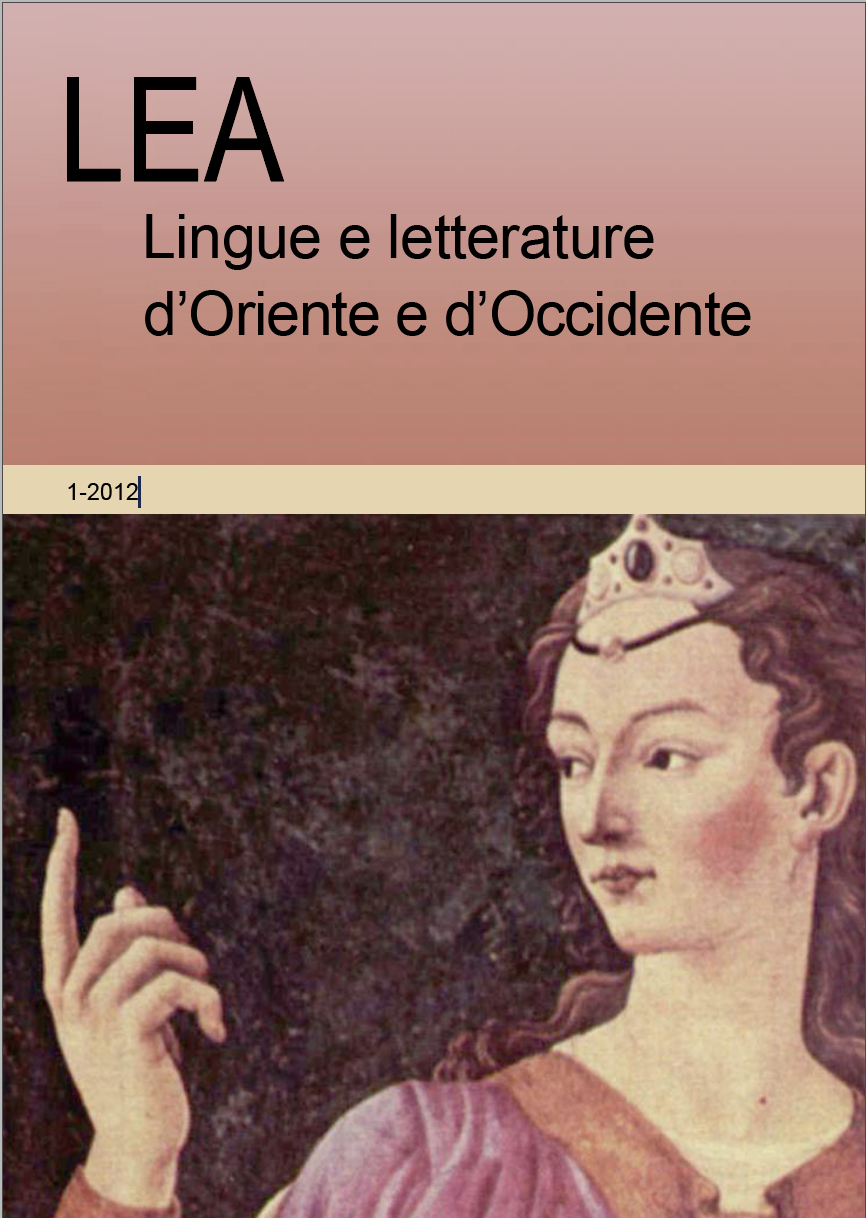De la risa a carcajadas al mal ejemplo quijotesco en la novela del XVIII. “Don Quijote de la Manchuela”
Published 2013-03-08
Keywords
- festive,
- controversy,
- mockery,
- reappraise
Abstract
Don Quixote rapidly became a huge success. It was translated into several languages and reworked into genres with a festive and theatrical nature. In Spain, during the seventeenth century, its comic side was exploited, which provoked liberating laughter that, in France, led to its association with the satire genre. In the eighteenth century, the novel was considered a minor genre, of no educational value. The century began with a fierce controversy over the meaning of Cervantes’ work, since according to Rapin, some readers would have seen a mockery of the Spanish nobility in the insane gentleman. However, during the eighteenth century the first steps were taken to reappraise Don Quixote due to its acceptance as a classic by the Spanish Royal Academy in 1780. The Academy considered Don Quixote a mocking and didactic hero, a bad example to be avoided. Yet, the work was an important step in the construction of a new genre, the novel. Don Quijote de la Manchuela, by Donato de Arenzana (1767), reflects an attentive reading of Cervantes’ Don Quixote, and special attention to the neoclassical cannon. Therefore it can provide useful information about writers’ interests, in the preromantic eighteenth century.



